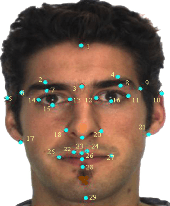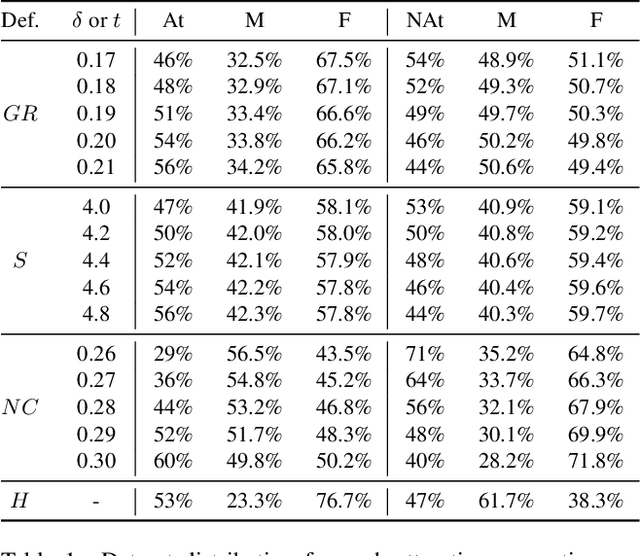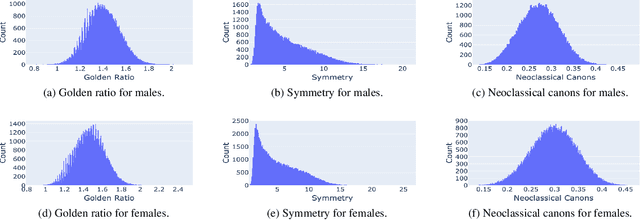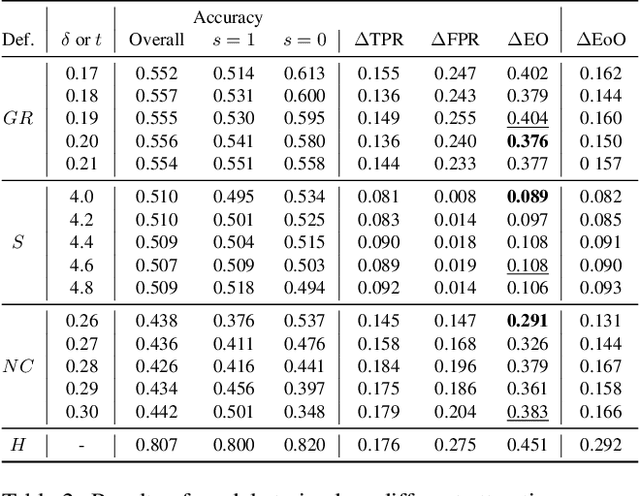Mitigating Bias in Facial Analysis Systems by Incorporating Label Diversity
Paper and Code
Apr 13, 2022



Facial analysis models are increasingly applied in real-world applications that have significant impact on peoples' lives. However, as previously shown, models that automatically classify facial attributes might exhibit algorithmic discrimination behavior with respect to protected groups, potentially posing negative impacts on individuals and society. It is therefore critical to develop techniques that can mitigate unintended biases in facial classifiers. Hence, in this work, we introduce a novel learning method that combines both subjective human-based labels and objective annotations based on mathematical definitions of facial traits. Specifically, we generate new objective annotations from a large-scale human-annotated dataset, each capturing a different perspective of the analyzed facial trait. We then propose an ensemble learning method, which combines individual models trained on different types of annotations. We provide an in-depth analysis of the annotation procedure as well as the dataset distribution. Moreover, we empirically demonstrate that, by incorporating label diversity, and without additional synthetic images, our method successfully mitigates unintended biases, while maintaining significant accuracy on the downstream task.
 Add to Chrome
Add to Chrome Add to Firefox
Add to Firefox Add to Edge
Add to Edge